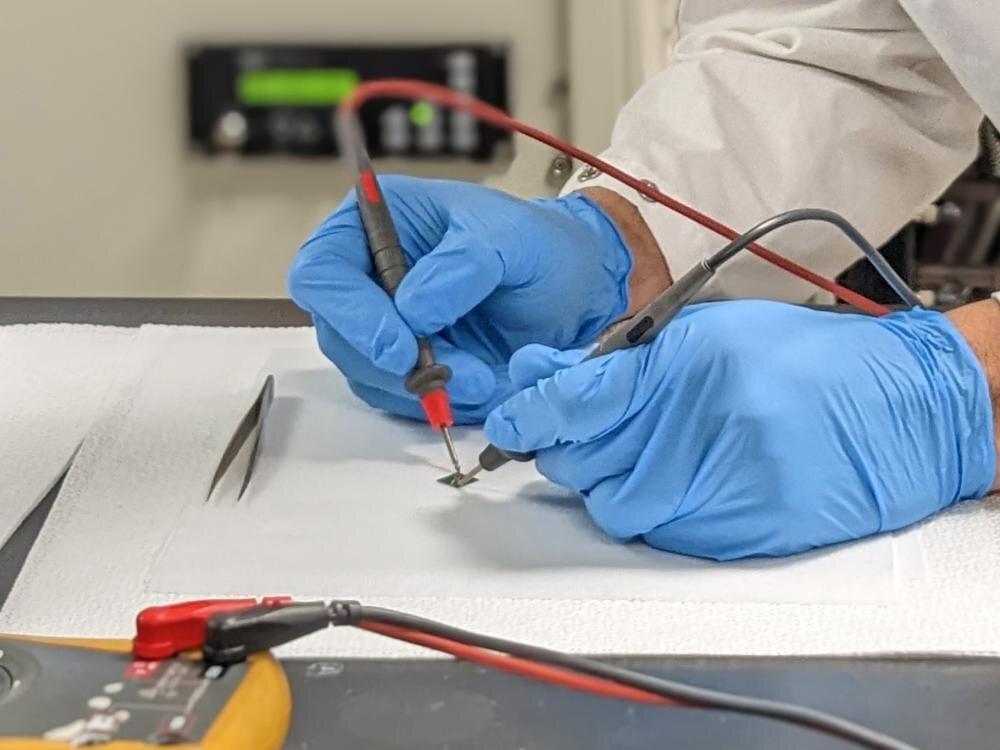Advances in computing power over the decades have come thanks in part to our ability to make smaller and smaller transistors, a building block of electronic devices, but we are nearing the limit of the silicon materials typically used. A new technique for creating 2D oxide materials may pave the way for future high-speed electronics, according to an international team of scientists.
“One way we can make our transistors, our electronic devices, work faster is to shrink the distance electrons have to travel between point A and B,” said Joshua Robinson, professor of materials science and engineering at Penn State. “You can only go so far with 3D materials like silicon—once you shrink it down to a nanometer, its properties change. So there’s been a massive push looking at new materials, one of which are 2D materials.”
The team, led by Furkan Turker, graduate student in the Department of Materials Sciences, used a technique called confinement hetroepitaxy, or CHet, to create 2D oxides, materials with special properties that can serve as an atomically thin insulating layer between layers of electrically conducting materials.
